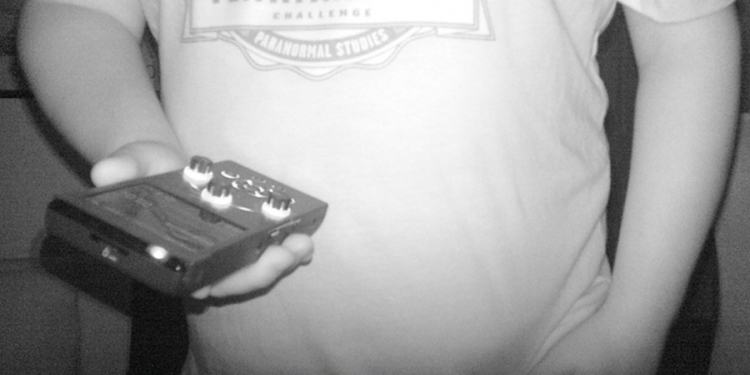

This page is more than five years old and was last updated in January 2022.
Although public ghost hunting events are becoming more and more popular and paranormal investigation teams are popping up all over the place, it seems like no one is actually conducting proper paranormal investigations any more.
Although humans have been fascinated by the supernatural and life after death since ancient times, we actually know very little about ghosts and spirits. What we do know is that people report seeing, hearing, being touch by or otherwise sensing a ghostly presence in just about any location at any time of day or night.
Yet modern ghost hunters ignore their own senses and embark on investigations in darkened buildings, while arming themselves with an array of elaborate ghost hunting gadgets. Most commonly devices like EMF meters are used, they are a simple tool which registers spikes in the ambient electromagnetic field.
Some believe that EM spikes can indicate the early stages of a ghostly manifestation or act as evidence of a haunting, but this isn't the case. EMF meters were first introduced into the paranormal field as a way to debunk hauntings. A paranormal investigator should always be looking for ways to eliminate rational explanations of happenings from their investigation. If all rational explanations are removed, then what ever is left must be proof of the paranormal.
Parapsychologists once believed that EM fluctuations which occur naturally or are produced by household electrical items or other manmade sources such as radio masts or aircraft, could cause people to experience haunting-like phenomenon. Some parapsychologists tested this theory with the use of EMF meters and it caught on.
Today EMF meters are incorrectly used by most paranormal investigators as a form of spirit communication, rather than to determine whether spikes in EM levels could be causing people to think that they are experiencing paranormal activity.
Of course, there's nothing wrong with testing a theory that electromagnetism might be linked to the paranormal, but EMF meters should be used in the right way in order to help debunk claims. It shouldn't be the primary method of experimentation in all paranormal investigations.
Other electronic devices used on paranormal investigations include spirit boxes. These scan through AM and FM radio signals and produce fleeting bursts of white noise, as well as the sounds of music and voices from radio stations in the area. It's believed that ghosts are able to manipulate the white noise in order to form intelligent responses to investigators' questions.
A similar type of device, which uses electronic speech synthesis, is also commonly used by ghost hunters. Electronic speech synthesis tools can be found in the form of physical devices as well as mobile phone applications. They are pre-loaded with a library of phonetics and word elements, these words are randomly spewed out by the tool. The idea is that any spirits present are able to interfere with the software and affect the random nature in order to form sentences and communicate. Spirits can do this by manipulating various sensors built into the device including a phone's microphone and motion detector.
Again, there is nothing wrong with testing this theory, but both of these types of devices have never been categorically proven to be an effective way to contact spirits. They have been used in countless investigations by countless investigators and the evidence produced has been questionable at best. There is no evidence to suggest that after death humans naturally acquire the necessary skills that allow them to interfere with the random word generation algorithm of an electronic speech synthesis tool or to control and alter the radio waves around them in order to give a response through a spirit box. These are clearly skills we don't possess in life.
Traditionally, ghost hunters were armed with nothing more than a notebook to jot down their findings and their senses would be their first and most important method of spiritual detection. Today, a digital audio recorder is more commonly used and just as acceptable, it gives you the ability to play back the audio from the investigation and listen out for anything you might have missed at the time.
However, investigators don't use audio recorders in the same way as they used to use notebooks, they've got lazy. Upon entering a vigil or part of an investigation, the investigator should always speak into the recorder and say something along the lines of, "investigation of great hall, 4pm. Three people present." This is your only record of proceedings, you might have forgotten who was present when you play the audio back, which means you might not be able to identify the source of a sound made by another member of the team during the investigation.
One of the oldest paranormal groups in the world, the Society for Psychical Research formed in 1882 and amongst their members were famed paranormal investigators like Harry Price, and Maurice Grosse and Guy Lyon Playfair, who investigated the famous Enfield Haunting. Combined, their members have far more experience in the field of paranormal investigation than any amateur or small paranormal team and have clocked up significantly more hours at haunted locations than even the teams on the longest-running ghost hunting reality shows.

The organisation's guidelines clearly state electronic ghost hunting devices are not an effective way of investigating a haunting. Their guidelines are publicly available and published in a short book entitled, 'Guidance Notes for Investigators of Spontaneous Cases', a new version of which was published last year and is a must-read for anyone calling themselves a paranormal investigator.
The SPR defines a "spontaneous case" as one which can occur unpredictably at any time and cannot be recreated in a lab.
The SPR advises using nothing more than a few simple tools when investigating the paranormal, all of which were available in Harry Price's time. Firstly, a notebook. We've already mentioned that today this is often substituted for an audio recorder, the SPR agree with this substitution, but offer guidance on how to record your findings in audio form.
SPR's suggested kit list:
• Notebook
• Wristwatch
• A camera
• An audio recorder
• A torch
• Sensible clothing
• Food and other refreshment
Other than the last few items on the list, you can see that the tools suggested by the SPR mimic the human senses. A wristwatch provides a measure of our perception of time, and also lets a team of investigators synchronise their findings. A camera captures apparitions and other visual phenomenon that people have reported seeing with the naked eye for generations. And, an audio device like a tape recorder, digital audio recorder or dictaphone allows you to capture any auditory phenomenon, the type of evidence that the victim of a haunting would naturally be able to pick up using their own ears.
A digital thermometer might also fit into this way of thinking, it allows us to obtain an accurate measure of the ambient air temperature at a location, confirming the existence of "cold spots", which are often felt by witnesses of hauntings. But, just like the EMF phenomenon, although cold spots are said to be the first indication of a manifestation or a spirit presence, there is no evidence to back this up, it's simply a belief. So, if using a thermometer, it should be used to confirm whether someone present at the investigation is really experiencing a temperature change, or whether it's psychosomatic. A temperature change should not be taken as definitive proof of the paranormal.
The explosion in paranormal devices and their usage as part of ghost hunts, is most likely as a result of the media and television shows like 'Ghost Adventures' and 'Paranormal Lockdown'. Want-to-be paranormal investigators look up to these shows, which not only go way overboard in their use of ghost hunting gadgets, but also fail to use any scientific professionalism when dealing with claims of the paranormal.
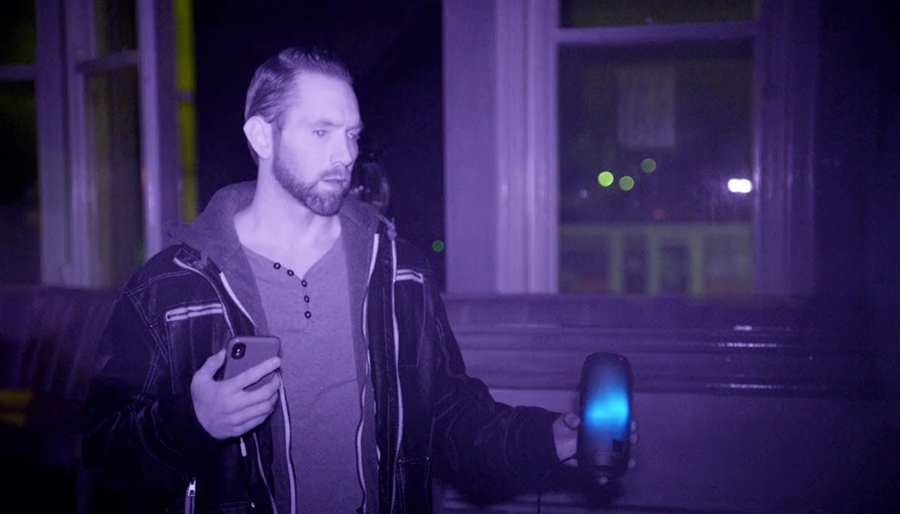
Recently, this is really notable in the long-running paranormal show, 'Ghost Adventures'. The show is fronted by paranormal investigator, Zak Bagans. In the show his team appear to immediately label everything that happens to them as evidence of the paranormal. It is very very rare, if not completely unheard of, to see a single moment when one of the investigators question what has happened and try to establish whether it could have been the result of a draught, floorboards expanding, a passing vehicle or anything else. This sets a really bad example for those who'd like to enter this field.
There's nothing wrong with experimenting with new technologies and gadgets, but to me it seems sensible to pick a device that mimics the human senses, such as an audio recorder or camera.
I think it also comes down to whether you want to prove the existence of an afterlife or simply gain a better understanding of why people experience ghosts. To me someone's witness statement describing something they've genuinely experienced means more than a K-II meter flashing up to red. A witness statement doesn't prove that anything paranormal really happened, but it does allow us to understand those experiences better, something a K-II meter or a spirit box can't help you with achieve.
It's for this reason that I think it's better to put down the gimmicky gadgets with their flashing lights and experience the paranormal the way humankind has for thousands of years, with your own senses. To learn more about how a genuine and effective study of the paranormal should be conducted, then I highly recommend Steven Parsons' book 'Guidance Notes for Investigators of Spontaneous Cases', which is available to buy through the SPR website, click here for more information.
Learn With Higgypop
Hosted by Paralearning in association with Higgypop, these courses on ghost hunting, paranormal investigations, and occult practices draw on the experience of our team of paranormal writers.
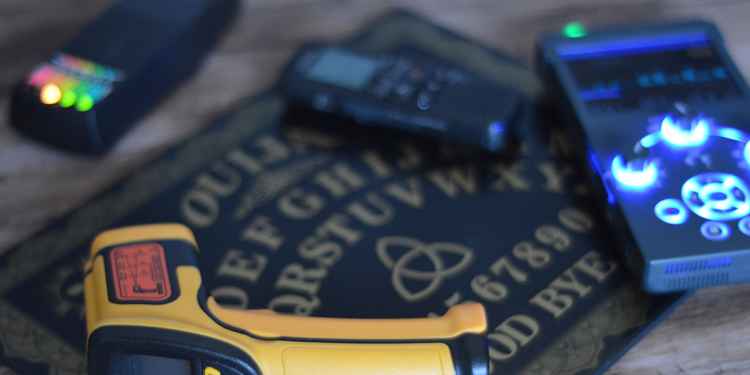
Diploma In Practical Ghost Hunting & Scientific Analysis
This course gives you practical and useful knowledge of ghost hunting and paranormal research, which is invaluable when conducting your own paranormal investigations or as part of a group event.
View Course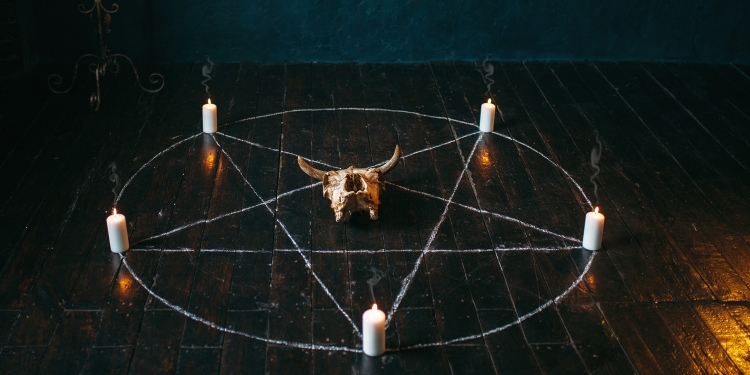
Diploma In Modern Demonology For Paranormal Investigators
This course gives you practical and useful knowledge of ghost hunting and paranormal research, which is invaluable when conducting your own paranormal investigations or as part of a group event.
View CourseMore Like This
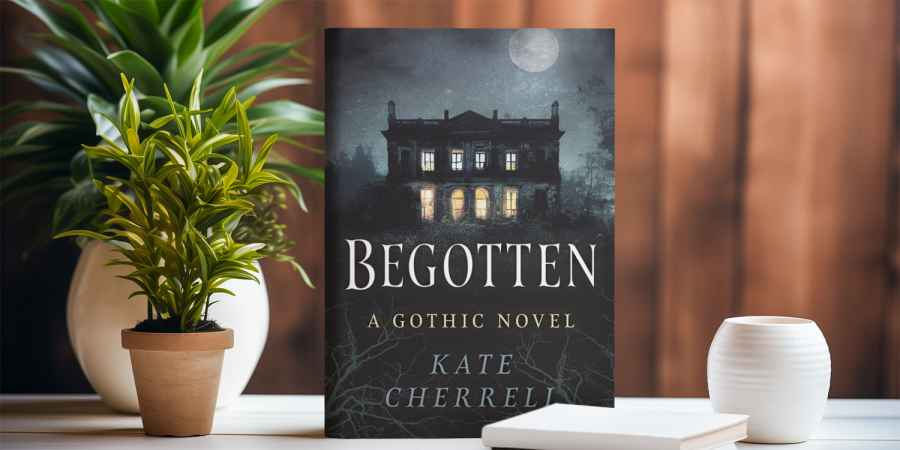
Kate CherrellApril 14, 2025
Kate Cherrell's Debut Gothic Horror Novel 'Begotten' Arrives This May
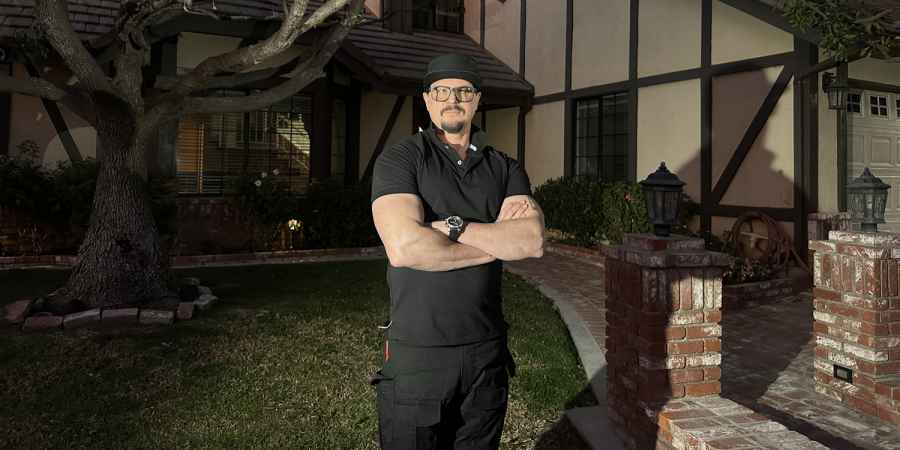
Ghost AdventuresApril 13, 2025
Watch A Sneak Peek Of The New Season Of 'Ghost Adventures'
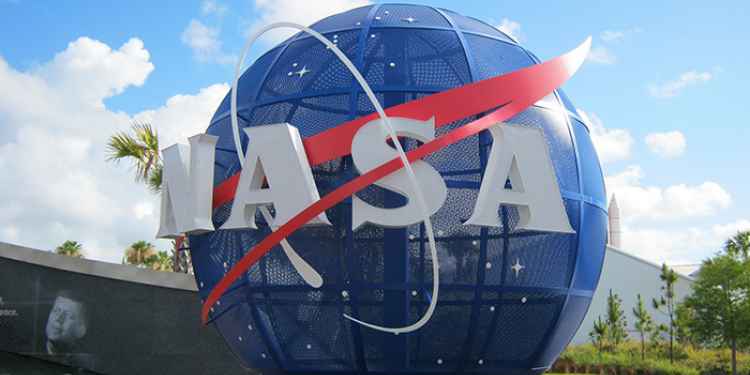
UfosApril 12, 2025
What Do Astronauts Say About UFOs?
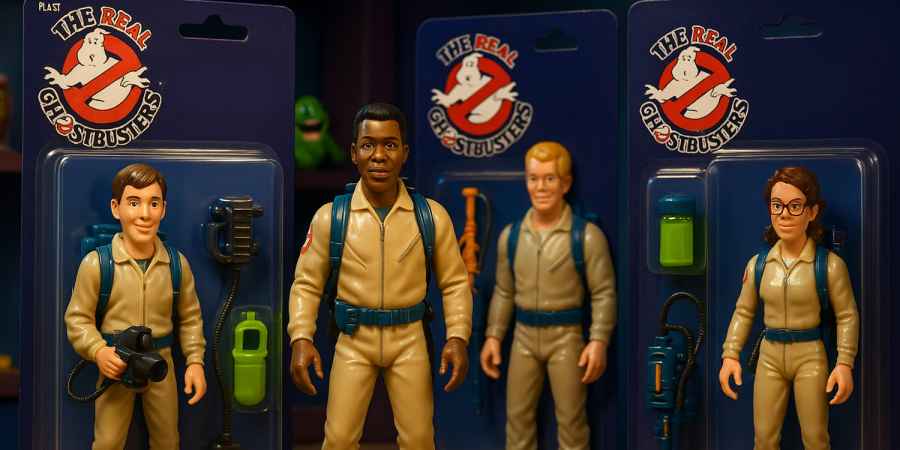
GhostbustersApril 11, 2025
How To Make Your Own 'Ghostbusters' Action Figure Using AI
 See More on Audible
See More on Audible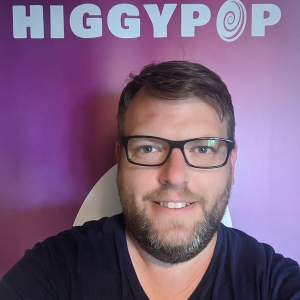

Comments
Want To Join The Conversation?
Sign in or create an account to leave a comment.
Sign In
Create Account
Account Settings
Be the first to comment.